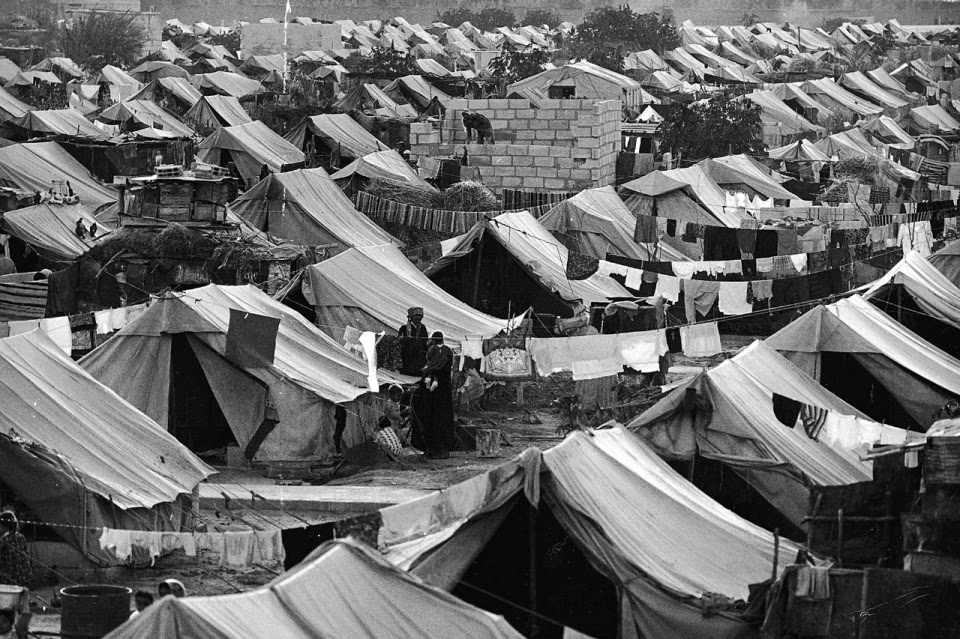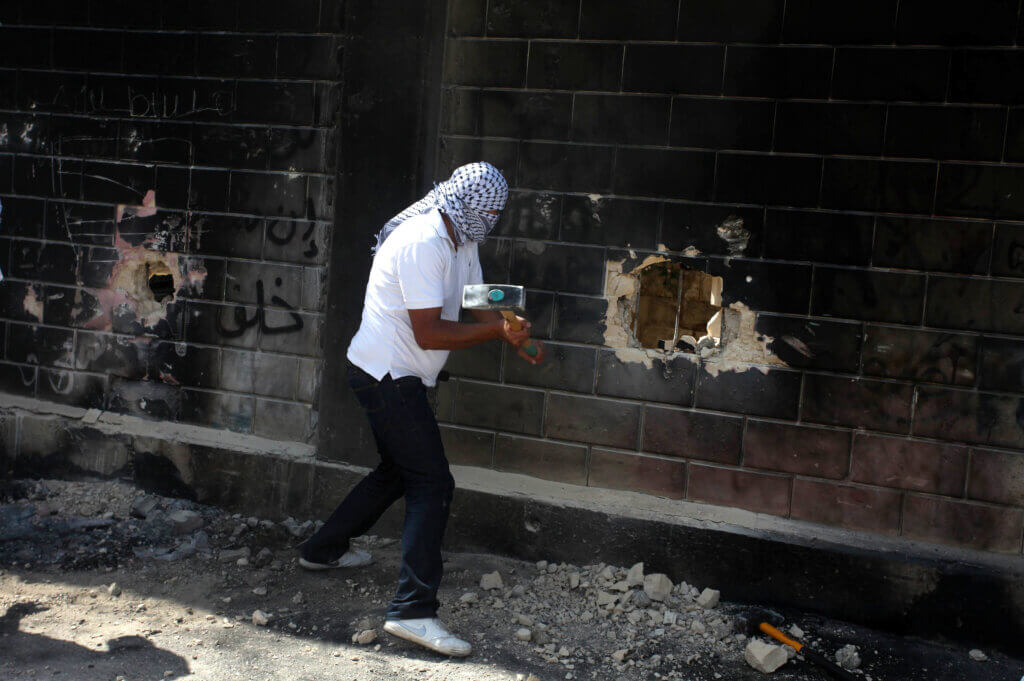Protection is first and foremost the duty of a state to protect persons within its borders from persecution. States must minimally respect the principles of nondiscrimination and non-refoulement; i.e., the right of persons not to be forcibly expelled or returned to territories where their life or freedom would be at risk on account of their race, religion, nationality or membership of a particular social group, or political opinion. The prohibition against refoulement forms part of customary law and, therefore, applies to all States, irrespective of whether they are signatories to the 1951 Convention Relating to the Status of Refugees. When states are unable or unwilling to protect, this responsibility falls upon the international community.
The refugee protection regime is enshrined in the 1951 Refugee Convention and its 1967 Protocol, which cover the gamut of activities through which the rights of refugees are secured. The primary goals are to ensure physical security, access to territory and asylum procedures, as well as respect for the principle of non-refoulement. Once refugees are admitted to a territory, an international agency or the host country will normally provide shelter, water, food and medical care. Protecting agencies will also encourage host countries to show respect for the basic human rights of refugees. States party to the 1951 Refugee Convention and its 1967 Protocol are obliged to guarantee freedom of religion, freedom of movement, the right to work, housing, property ownership and education, as well as the right to identity papers, travel documents and social security. The 1951 Refugee Convention requires that most of these rights be guaranteed at the same level as nationals of the state; all are guaranteed at least at the same level as the most-favored category of foreigner in the host country. Promoting a proper legislative framework for refugee status determination within states is also a component of protection.
Protection also includes the search for durable solutions for refugees and IDPs at all stages of displacement. The search for durable solutions is a core component of protection. Durable solutions refer to the three possible solutions that will restore refugees’ rights; i.e., repatriation (return), local integration in the host country, and resettlement in a third country.
The preferred solution for refugees and IDPs is repatriation, the only option constituting a fundamental and inalienable right (i.e., the right of return) that can be implemented by individuals independently of the search for durable solutions.



